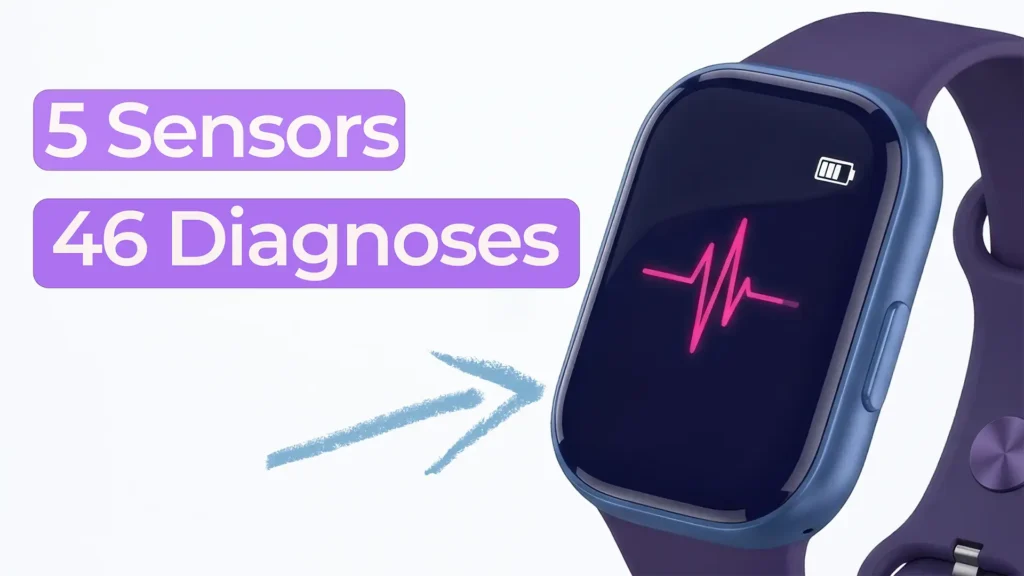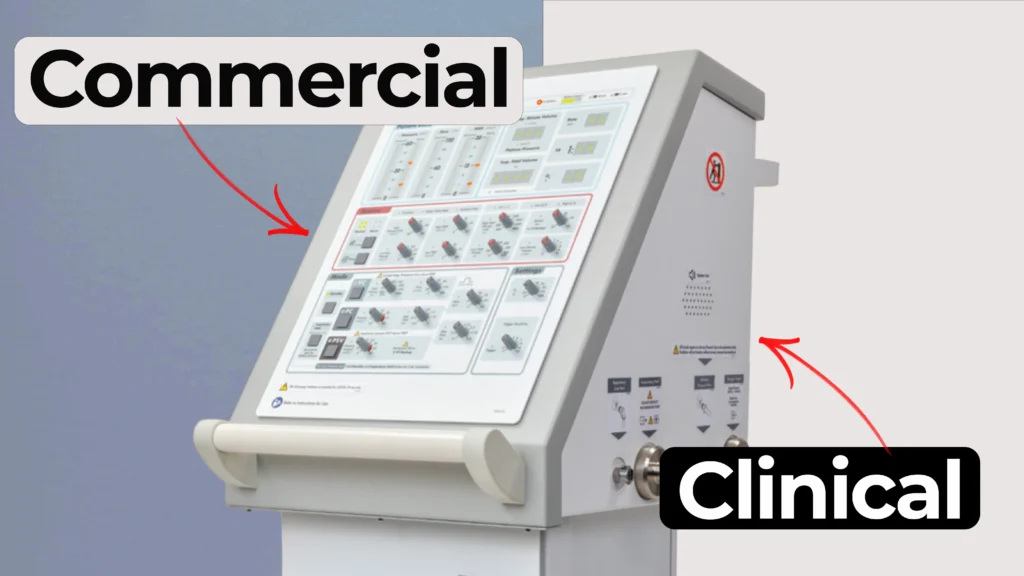
Jet Injector Drug Delivery: Promise and Pitfalls
In this episode of Bio Break, Nick and Nigel dive into the world of jet injector drug delivery. This needle-free method, made popular in science fiction and real-world vaccines, is still used today. But while the idea of a high-pressure, pain-free injection sounds ideal, the conversation uncovers key limitations.
What Is a Jet Injector?
Jet injectors deliver drugs by forcing liquid medication through the skin using high pressure, eliminating the need for a needle. That pressure forms a thin stream that penetrates the skin, ideally resulting in less pain than traditional injections. The technology has been around since the 1960s and remains popular in certain applications.
Less Pain, More Problems?
While jet injector drug delivery may reduce pain, Nigel highlights concerns. The high pressure can cause side spray, potentially wasting expensive medications. There’s also the risk of cross-contamination, especially when parts of the injector are reused. Additionally, some advanced drugs—like those using lipid nanoparticles for mRNA vaccines—may be incompatible due to shear forces that can damage sensitive payloads.
Why Jet Injectors Are Still Around
Despite the challenges, jet injectors offer clear benefits in usability. They provide a quick, needle-free option that appeals to patients and practitioners alike. However, understanding their limitations is key to deciding when they’re the right tool for the job.
Related Resources

Nick and Nigel explore how a surprisingly small set of sensors could be used to identify a wide range of common health conditions.

Understanding how clinical ventilator development differs from commercial ventilator design is essential for teams planning early studies.

Nick walks through a practical Teflon tape lesson that came from real work supporting a mechanical test rig.

Most sterile medical devices begin their journey long before anyone thinks about sterilization. Teams focus on function, usability, materials, and suppliers, then discover that sterilization constraints can reshape many of those early decisions.
